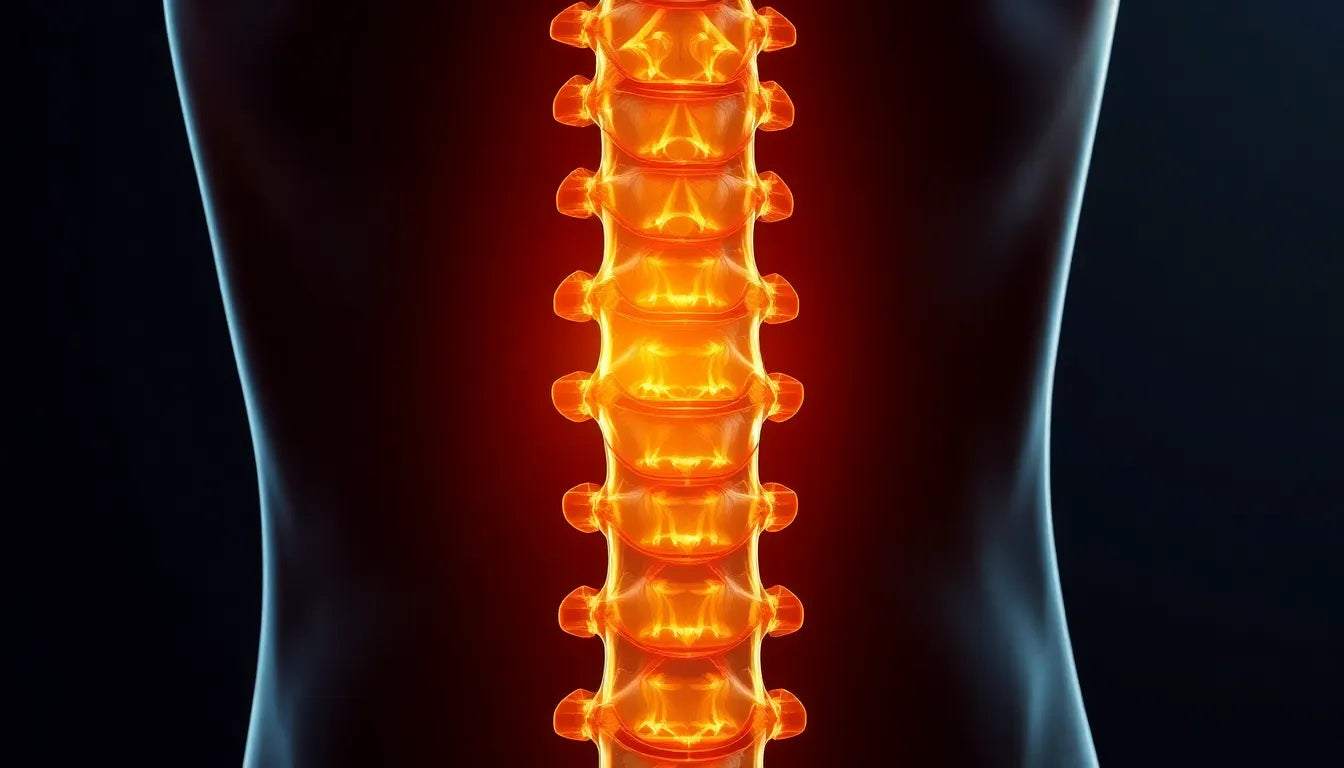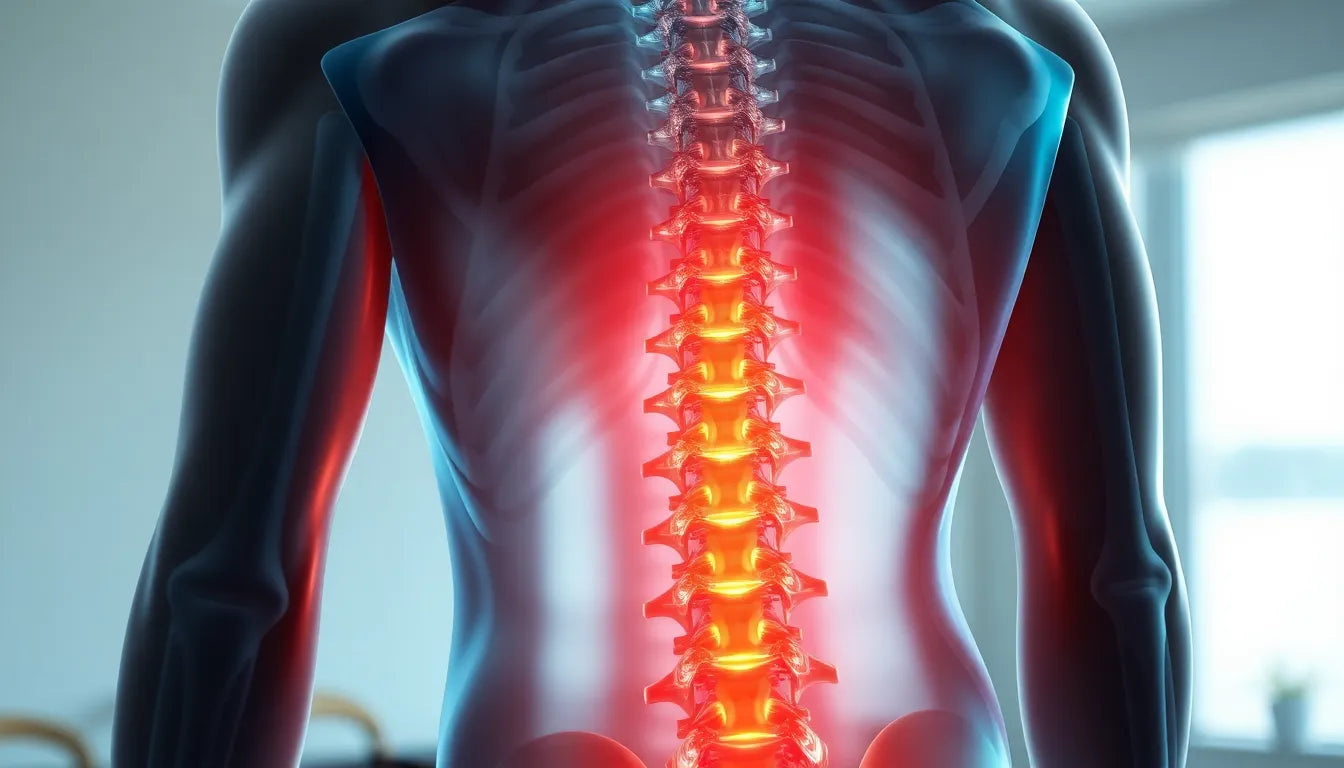Understanding the intricacies of a herniated disc in the lower back is crucial for anyone experiencing persistent back pain. A herniated disc, often referred to as a slipped or ruptured disc, occurs when the soft inner gel of a spinal disc pushes through a crack in the tougher exterior casing. This condition is most commonly caused by age-related wear and tear, known as disc degeneration. However, it can also result from improper lifting, sudden movements, or traumatic injury. The symptoms of a herniated disc can vary but often include significant pain, numbness, and muscle weakness, particularly in the lower back and legs. When these symptoms become severe or persistent, it is essential to seek medical attention to prevent further complications.
The role of surgery in treating herniated discs
While many individuals with a herniated disc find relief through non-surgical treatments such as physical therapy, medications, and lifestyle adjustments, surgery may become a necessary consideration when these conservative methods fail to alleviate symptoms. Surgical intervention can offer significant pain relief and improved mobility, particularly for those whose quality of life is severely impacted by their condition. The decision to undergo surgery is typically made after a comprehensive evaluation by a healthcare professional, who will assess the severity of the symptoms and the potential benefits of surgical treatment.
The journey to a pain-free future
Embarking on the journey toward a pain-free future often involves exploring surgical options for herniated discs in the lower back. For many, this decision can be life-changing, offering a renewed sense of freedom and the ability to engage in daily activities without the burden of constant pain. Surgical intervention, particularly when executed through minimally invasive techniques, can transform a patient's quality of life by addressing the root cause of their discomfort. It's important for individuals facing this decision to consider all available options and consult with their healthcare providers to determine the best course of action for long-term relief and recovery.
Diagnosis and initial treatment approaches
When a herniated disc in the lower back is suspected, accurate diagnosis is crucial to determine the appropriate treatment plan. Healthcare professionals typically employ a combination of diagnostic methods, including magnetic resonance imaging (MRI), computed tomography (CT) scans, and thorough physical examinations. These tools help in visualizing the extent of the herniation and assessing the impact on surrounding nerves and tissues.
Before considering surgery, it is essential to exhaust all non-surgical treatment options. Initial conservative treatments often include physical therapy, which focuses on strengthening the muscles around the spine and improving flexibility. Medications such as nonsteroidal anti-inflammatory drugs (NSAIDs) can help manage pain and inflammation, while lifestyle changes, including ergonomic adjustments and weight management, can alleviate stress on the spine. The emphasis on these non-surgical methods is underscored by experts at Spine-Health, who advocate for a comprehensive approach to managing herniated disc symptoms before resorting to surgical intervention.
Surgical options for herniated discs
When conservative treatments fail to provide relief, surgical options may be considered. One of the most common procedures is a diskectomy, where the portion of the disc that is pressing on the nerve is removed. According to the Mayo Clinic, this traditional surgical option has been effective for many patients, although it involves a larger incision and longer recovery time compared to minimally invasive techniques.
Microdiscectomy is a minimally invasive alternative that has gained popularity due to its benefits. As highlighted by the Hospital for Special Surgery (HSS) Spine and Johns Hopkins Medicine, microdiscectomy involves smaller incisions, which reduces muscle and tissue damage. This technique not only minimizes scarring but also generally results in a quicker recovery period, allowing patients to return to their normal activities sooner. The advantages of minimally invasive procedures make them an attractive option for those seeking effective relief with less post-operative discomfort.
Patient recovery and expectations
The recovery process following herniated disc surgery is a critical phase that can significantly influence the overall outcome. According to Healthline, patients can expect a recovery timeline that varies depending on the type of surgery performed and individual health factors. Typically, those undergoing a microdiscectomy may experience a faster recovery, often within 4 to 6 weeks, although full recovery can take longer.
During recovery, patients are encouraged to engage in physical therapy to aid in rehabilitation. Physical therapy plays a vital role in strengthening the back muscles, improving flexibility, and preventing future disc issues. It also helps patients regain mobility and confidence in their physical abilities. Setting realistic expectations and following post-operative care instructions are crucial for a successful recovery and a return to a pain-free lifestyle.
In conclusion, navigating herniated disc surgery requires a thorough understanding of the available diagnostic and treatment options. While surgery can offer significant relief and improved quality of life, it is essential to consider all non-surgical avenues first. For those considering surgery, minimally invasive techniques like microdiscectomy provide promising outcomes with reduced recovery times. With the right approach and support, patients can look forward to a future free from the debilitating effects of a herniated disc.
Advantages of minimally invasive surgery
Minimally invasive surgery for herniated discs in the lower back offers several advantages over traditional open surgery. These procedures, such as microdiscectomy, involve smaller incisions, which significantly reduce the trauma to surrounding muscles and tissues. This approach not only minimizes scarring but also accelerates the recovery process, allowing patients to resume their daily activities more quickly. According to medical experts, the success rates for minimally invasive surgeries are comparable to, if not better than, traditional methods, with many patients reporting high levels of satisfaction post-surgery.
Furthermore, minimally invasive techniques often result in less postoperative pain, reducing the need for pain medications and their associated side effects. The shorter hospital stays and quicker return to normal activities make these procedures an attractive option for those seeking effective relief with minimal disruption to their lives.
Integrating ergonomic aids for post-surgery support
Post-surgery recovery for a herniated disc can be significantly enhanced by integrating ergonomic aids into daily life. These aids are designed to support proper posture and reduce strain on the spine, which is crucial during the healing process. Ergonomic chairs, lumbar support cushions, and adjustable desks are examples of products that can make a substantial difference in maintaining spinal health after surgery.
By incorporating ergonomic solutions, patients can create a supportive environment that not only aids in recovery but also helps prevent future disc issues. Healthcare professionals often recommend these aids as part of a comprehensive approach to rehabilitation, emphasizing their role in promoting long-term spinal health and comfort.
Concluding thoughts: navigating treatment options
Deciding on the right treatment path for a herniated disc involves careful consideration and consultation with healthcare professionals. While surgery can provide significant relief, it is essential to approach it as part of a holistic strategy that includes lifestyle adjustments and ergonomic interventions. By combining surgical treatment with non-surgical methods, patients can optimize their recovery and reduce the likelihood of future complications.
Ultimately, the journey to a pain-free future is a personal one, and making informed decisions with the guidance of medical experts can lead to the best possible outcomes. Whether through minimally invasive surgery or the integration of ergonomic aids, the goal is to restore mobility and improve the quality of life for those affected by herniated discs.
Frequently Asked Questions
What are the signs that I might need surgery for a herniated disc?
Persistent pain, numbness, or weakness that doesn't improve with conservative treatments may indicate the need for surgery. Consulting with a healthcare provider is crucial for a proper assessment.
How long is the recovery period after herniated disc surgery?
The recovery period for a microdiscectomy typically ranges from 4 to 6 weeks, but full recovery can take longer depending on individual circumstances and adherence to post-surgery guidelines.
Are there risks associated with herniated disc surgery?
As with any surgery, there are risks such as infection, bleeding, or nerve damage, but these are relatively rare. Discussing potential risks with your surgeon can help you make an informed decision.
Can ergonomic aids help prevent future herniated discs?
Yes, ergonomic aids can support proper posture and reduce strain on the spine, potentially preventing future disc problems. They are often recommended as part of a comprehensive approach to spinal health.
Will I need physical therapy after surgery?
Physical therapy is often recommended to aid recovery and strengthen the back muscles. It plays a crucial role in rehabilitation and in preventing recurrence of the condition.


















